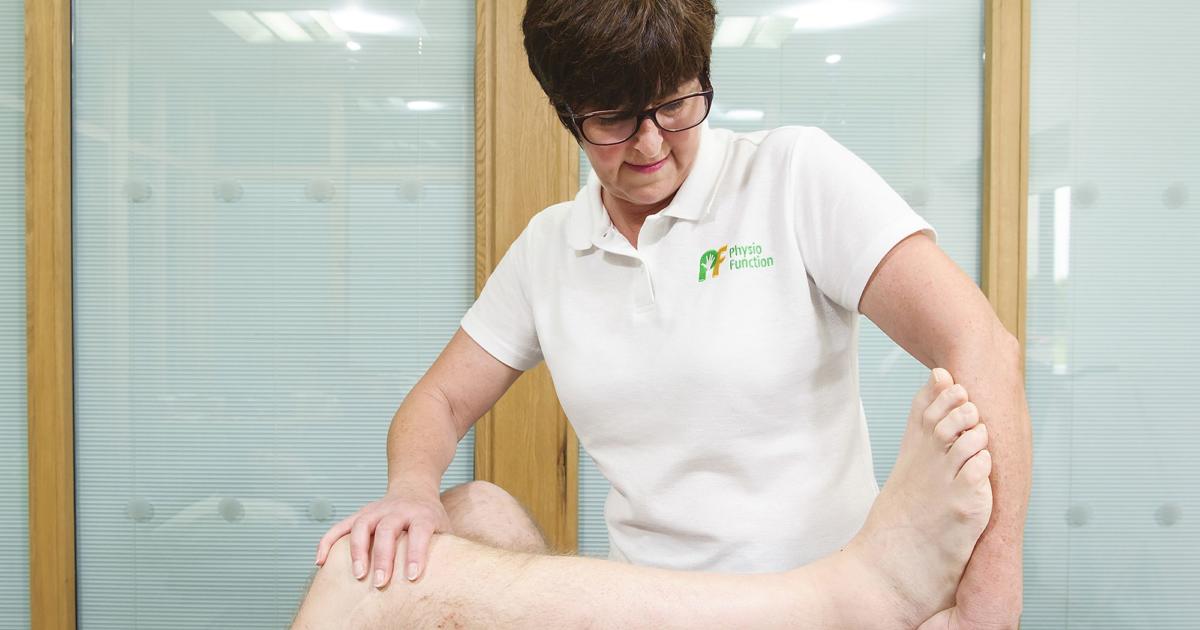What Is Physiotherapy?
Physiotherapy, also known as physical therapy, is a treatment method that aims to relieve pain, improve mobility, increase range of motion, and enhance a patient's quality of life. Physiotherapy can be used for both acute and chronic injuries and illnesses. For example, doctors may recommend it for patients recovering from joint replacement or other orthopedic operations, and the therapy is also helpful for individuals with cerebral palsy and other conditions that may reduce the function and mobility of the limbs. Patients who believe they would benefit from physiotherapy can choose to see a physical therapist directly, as there is not normally a need to obtain a physician's referral. Most patients have physiotherapy sessions for several months, and the therapist teaches the patient specific exercises to perform in between treatment sessions.
This guide outlines what issues physiotherapy can treat, what patients can expect at a session, and the potential risks of the therapy.
Where Do Physiotherapists Work

In 2018, thirty-three percent of physiotherapists worked in health clinics, including physical therapy centers, audiology centers, and centers for occupational and speech therapy. Over that same period, twenty-six percent of physiotherapists worked in hospitals. Others worked in nursing homes and rehabilitation centers. In addition to work in clinics, hospitals, and other healthcare settings, some physiotherapists provide in-home therapy sessions for patients who are housebound or recovering at home after surgery. Physiotherapists can also be self-employed and provide therapy sessions through private practice. Physiotherapists who specialize in pediatric conditions may work in schools and provide in-school private sessions for children who need this service. Palliative care and hospice centers employ physiotherapists to help patients move in a way that minimizes pain, and therapists employed in these centers might assist in helping bedridden patients change position regularly to prevent pressure sores.
Read about the major problems physiotherapy treats next.